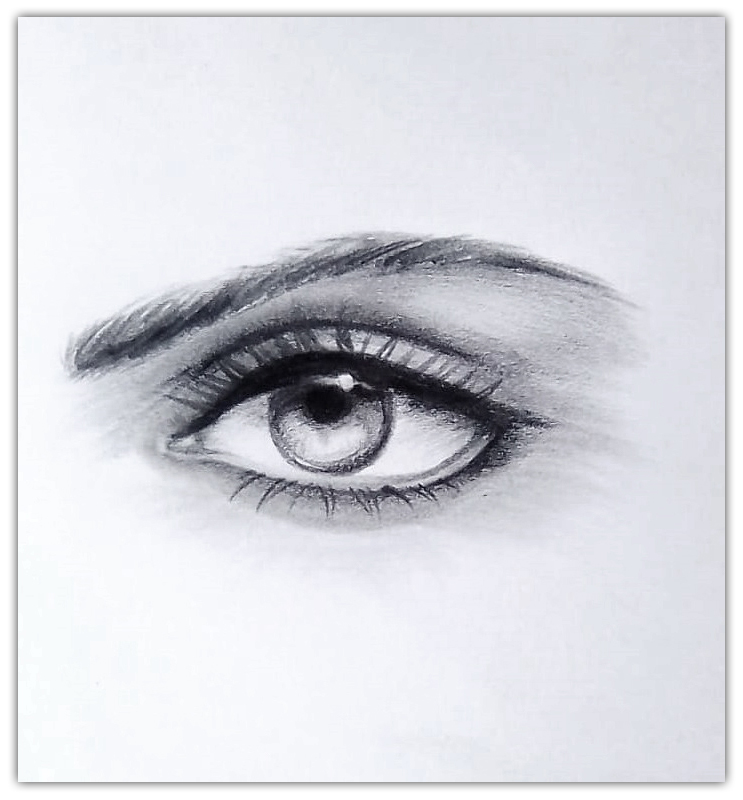
If you are an amateur art collector scouting for some quick tips on how to look at art, how to buy contemporary art and how to display it properly in your home, then this article is meant for you.
If you happen to ask any interior decorator, you will get to know that the most common question they get asked is whether one should buy art for financial investment. The short and simple answer to this is no. When it comes to art, you should always buy what you love. Also, you should spend your money wisely because if you don’t, then you are going to end up with a mediocre collection and probably a lot of artworks that you don’t really care for. The biggest red flag is spending too much money on a young, emerging artist; that is a big no. If you buy what you truly love, overtime your collection will increase in value and you will be happy both financially and aesthetically.
Diversity is the one thing that is really important in any art collection. So, if you are planning to buy art for your home, then don’t just end up buying paintings rather, consider mixing it up. For example, you can buy photography and consider buying paintings, sculptures, works on paper and fine art prints. People often confuse fine art prints with museum posters. The artists who create fine art prints work very carefully with master printers. They number, sign and date each of the fine art print. Fine art print offers a great way for new collectors to buy an amazing work of art by a well-established artist without burning holes in their pockets.When you are hopping on from one gallery to anther on your hunt to find the perfect piece of art, but are not able to find it, don’t be afraid to ask questions; just because a gallery has a show up in the front room does not mean that there isn’t more in the back. Galleries always have closets, backrooms, drawers that stocks actual work by the artists associated with them.
The one thing about contemporary art that makes it popular among art enthusiasts is that it is the work that is produced during their life time. If you buy contemporary art, then most probably the artist who created it is alive, which gives you the opportunity to talk to the artist and know more about the artwork. You can ask the artists some questions and find out what they were thinking or how they made their art or why they made the art.
If you are frequent to art galleries, then you may have noticed that the galleries usually don’t display price tags next to the work of art. While visiting such art galleries, don’t shy from walking to the front desk and asking for the price sheet. Once you look up at the price, don’t be alarmed; there is always room for negotiation. It is often said that the right time to buy art is right now.
Points to Remember While Buying and Displaying Artworks
Art can look drastically different in given space depending on the light, colors, décor, and size of the rooms. Therefore, you must take all these pointers in account when you plan to buy contemporary art for your home. Sometimes an art gallery will let you take the artwork on approval. So, you can take the artwork home; see if it works for you and if not, you can return it.
When it comes to displaying art, salon-style gallery wall is my personal favorite as it covers the entire wall. I am not a fan of wallpapers for several reasons. First of all, it is really difficult to hang art on top of wallpaper, especially when you choose a fussy, busy pattern. Instead, you should use your artwork as your wallpaper; don’t be afraid to fill an entire wall with a big, bold painting. People often wonder why a lot of contemporary paintings are unframed. Framing is the discretion of the artist, but a lot of time a part of the beauty of the painting goes on the sides as well. The key to buying art and displaying it properly is to figure out what you really love, and the only way to do that is to look at lot of artworks. So, go to gallery hopping on the weekend. Or, alternatively you can browse through various online art galleries. It’s fun, it’s free and you never know what you might find at the next click.





















